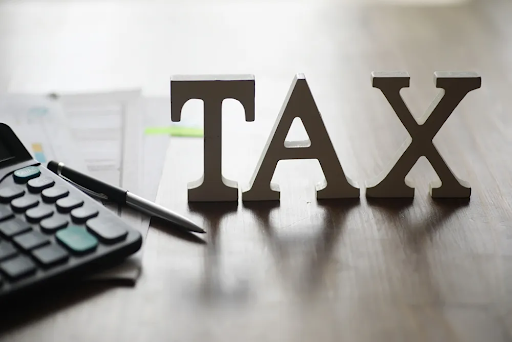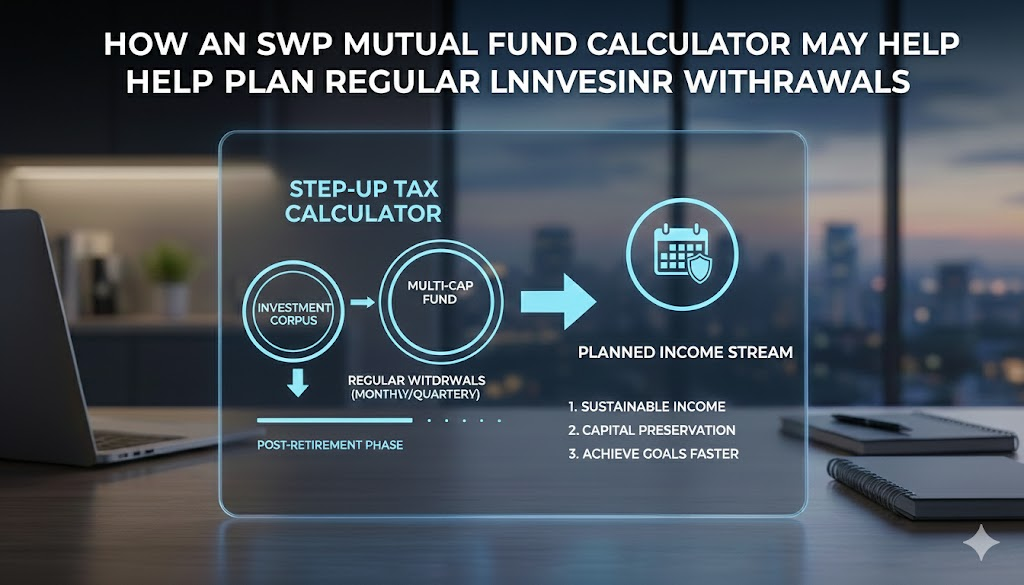The recent changes in India’s income tax framework have sparked significant discussions among salaried individuals, especially regarding their take-home salary and tax liability. One of the pivotal aspects of this discussion is the new tax regime introduced by the government, designed to simplify taxation with reduced rates but fewer exemptions and deductions. An important component affected by this regime is the house rent allowance (HRA), which has traditionally been a popular exemption under the old tax structure.
This article provides a comprehensive overview of the new tax regime and its impact on HRA, helping salaried employees make informed decisions about their tax planning and salary structuring. Additionally, we will explore the implications of the STCG tax rate applicable under the new slabs to give readers a clearer picture of the overall tax liability.
Understanding the new tax regime in India
In the Union Budget 2020, the Indian government introduced a revised tax structure for individual taxpayers, offering lower tax rates across several income brackets. However, this came with a trade-off: the majority of tax exemptions, deductions, and rebates available under the old tax regime were either removed or restricted.
Under the new tax regime, taxpayers have the option to pay tax at reduced slab rates without claiming most previous deductions like HRA, Leave Travel Allowance (LTA), investments under Section 80C, health insurance premiums under Section 80D, and others.
Key features of the new tax regime
– Reduced slab rates for individual taxpayers.
– No allowance for most exemptions and deductions except a few like employer’s contribution to the National Pension Scheme, and interest on housing loans for affordable housing.
– Voluntary to opt in every year, allowing taxpayers to choose between old and new regimes.
– Simplification intended to make tax compliance straightforward.
Short-Term Capital Gains (STCG) tax rates under the new regime
| Income Slab (Rs. ) | Tax Rate (%) |
| Up to Rs. 2,50,000 | Nil |
| Rs. 2,50,001 – Rs. 5,00,000 | 5 |
| Rs. 5,00,001 – Rs. 7,50,000 | 10 |
| Rs. 7,50,001 – Rs. 10,00,000 | 15 |
| Rs. 10,00,001 – Rs. 12,50,000 | 20 |
| Rs. 12,50,001 – Rs. 15,00,000 | 25 |
| Above Rs. 15,00,000 | 30 |
Under the new regime, STCG on equity shares and equity-oriented mutual funds (covered under Section 111A) is still taxed at a flat 15% irrespective of slabs. The above slab rates apply when STCG is taxed as per normal income tax rates (for assets not covered under Section 111A).
What is house rent allowance (HRA)
House rent allowance is a component of the salary provided by an employer to meet rental expenses. It is a crucial benefit for employees who reside in rented accommodation. Under the old tax regime, HRA was exempt from tax subject to certain conditions and limits, making it a valuable tool for tax saving.
HRA exemption was calculated based on the following three criteria:
– Actual HRA received from the employer.
– Rent paid minus 10% of basic salary.
– 50% of basic salary for residents of metro cities or 40% for non-metros.
The exempt amount would be the lowest of these three figures.
Importance of HRA exemption under old tax regime
– Reduced taxable income for salaried individuals paying rent.
– Helped employees save substantial tax liabilities, especially those living in metros like Delhi, Mumbai, Bengaluru.
– Encouraged transparency in rental transactions, with limited scope for underreporting rent payments.
Impact of new tax regime on house rent allowance
One of the most significant changes under the new tax regime is the disallowance of HRA exemption. Salaried employees opting for the new system cannot claim HRA exemption, regardless of their rental payments. This directly affects the taxable income as the full HRA becomes taxable.
How does it work
If you opt for the new tax regime, your salary’s HRA component is fully included in your taxable income. This implies:
– No benefit from exemptions on rent paid.
– Increased taxable income if a significant portion of salary is HRA.
– Potential increase in overall tax liability compared to the old regime if exemptions like HRA were optimally used.
For example, an employee receiving Rs. 50,000 as HRA monthly under the old regime could have claimed an exemption and saved taxes on that portion. Under the new tax regime, the entire Rs. 6,00,000 annually (50,000 x 12) will be part of taxable income.
Exceptions and allowances
Even under the new tax regime, certain deductions and exemptions continue, such as:
– Employer’s contribution to National Pension Scheme under Section 80CCD(2).
– Standard deduction of Rs. 50,000 remains available.
– Interest on home loans for affordable housing (up to Rs. 3.5 lakh) is exempt.
However, HRA exemption is not part of these allowances, which means salaried individuals must factor this in for tax planning.
Evaluating whether to choose new tax regime or old tax regime for HRA benefit
The decision to opt for the new tax regime should not be made lightly, especially if you receive a substantial portion of your salary as HRA. Consider the following before switching:
1. Calculate your total exemptions and deductions
Under the old tax regime, if the sum of your exemptions (HRA, LTA, 80C deductions, etc.) is high, the old regime might still be more beneficial even at higher slab rates.
2. Assess your rental payments and HRA component
Higher rental payments and HRA exemption possibilities usually favour the old tax regime financially, as it reduces taxable income directly.
3. Compare tax payable under both regimes
Using tax calculators or consulting financial advisors to determine comparative tax liabilities is recommended before making a choice. The STCG tax rate slabs under the new regime might seem attractive but the loss of exemptions like HRA can offset gains.
Practical implications for salaried individuals
– Employees paying substantial rent should assess if HRA exemption benefits under the old regime outweigh the convenience of the new regime.
– For those with minimal exemptions, the new regime may reduce the tax burden due to lower slab rates.
– The new regime is beneficial for those preferring a simplified tax filing process without investing effort in tax planning or documentation.
House rent allowance and Form 16 under new tax regime
While under the old regime, employers report the exempted HRA in Form 16, under the new tax regime, the entire HRA amount is taxable and reported accordingly. Employees need to be cautious in declaring rent payments, as the tax benefit will not be available if they opt for the new regime.
Employers typically provide options annually allowing employees to choose between regimes before salary disbursement, so communication and awareness are essential.
Future outlook on new tax regime and HRA
The government is continuously reviewing the tax framework to balance simplicity and incentives. While the new tax regime currently removes HRA exemption, feedback from taxpayers might lead to further adjustments or reintroduction of certain benefits over time.
In the meanwhile, taxpayers are advised to stay updated with notifications from the Income Tax Department and consult tax experts to optimise their tax savings under the evolving regime.
Conclusion
The introduction of the new tax regime signifies a shift towards a simplified tax system with lower tax rates but limited exemptions. One of the major impacts of this policy is on house rent allowance (HRA), which no longer enjoys exemption under the new regime. Salaried employees need to carefully evaluate their income structure, HRA components, and overall tax liabilities considering the prevailing STCG tax rate slabs.
Ultimately, the choice between the old and new tax regimes depends on individual circumstances, especially the amount of HRA and other exemptions claimed. Sound financial planning and understanding the implications of these changes will help taxpayers make informed decisions, maximise savings, and comply efficiently with India’s tax regulations.



